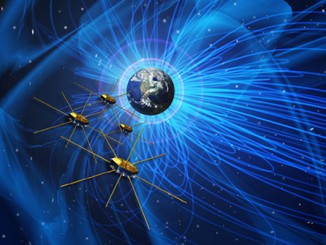
Heliophysics

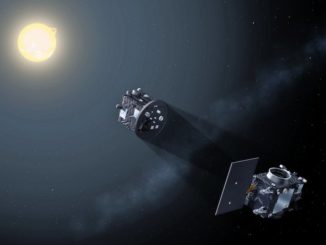
Pioneering ESA mission aims to create artificial solar eclipses
As skywatchers and scientists converge on a transcontinental band of totality for Monday’s solar eclipse in the United States, engineers in Europe are building a unique pair of satellites to create artificial eclipses lasting for hours — a feat that that could be a boon for solar physicists but will escape the view of Earth-bound spectators.
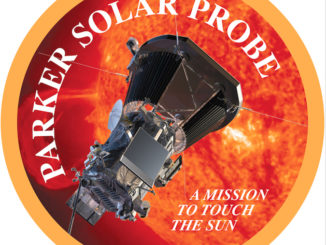
NASA unveils renamed solar probe
A NASA spacecraft being readied for launch in 2018 will make repeated trips through the sun’s outer atmosphere, passing within 4 million miles of the star’s blazing surface at more than 430,000 mph to shed light on what powers the sun’s high-temperature corona, the origins of the solar wind and the causes of potentially catastrophic solar storms.
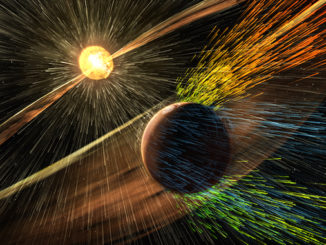
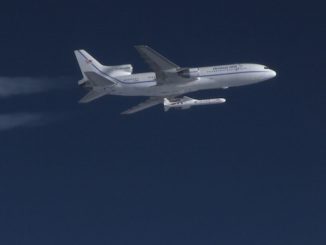
Orbital ATK has no plans to phase out seldom-used Pegasus rocket
The build-up of Orbital ATK’s next air-launched Pegasus XL rocket will start in the coming weeks at Vandenberg Air Force Base in California, and while its flight in mid-2017 is the last Pegasus launcher on the manifest with a confirmed payload, company officials are confident the unique vehicle has a future beyond next year.


Live coverage: Japan’s enhanced Epsilon booster blasts off
A Japanese Epsilon rocket launched Tuesday from the Uchinoura Space Center, a shoreline spaceport on the southern Japanese island of Kyushu, with a space weather research probe to study phenomena inside the turbulent Van Allen radiation belts. Liftoff of the 85-foot-tall rocket occurred at 1100 GMT (6 a.m. EST).


